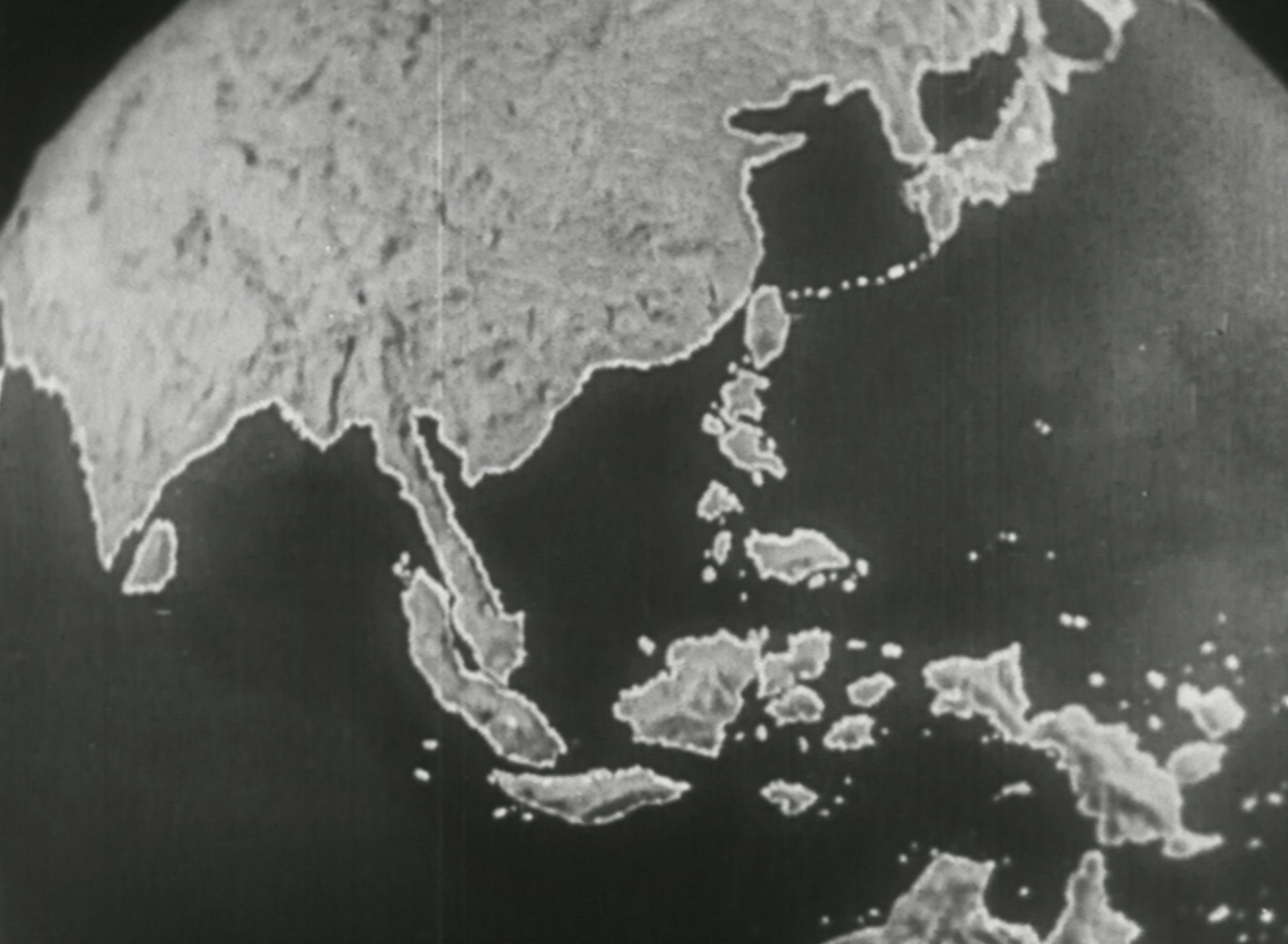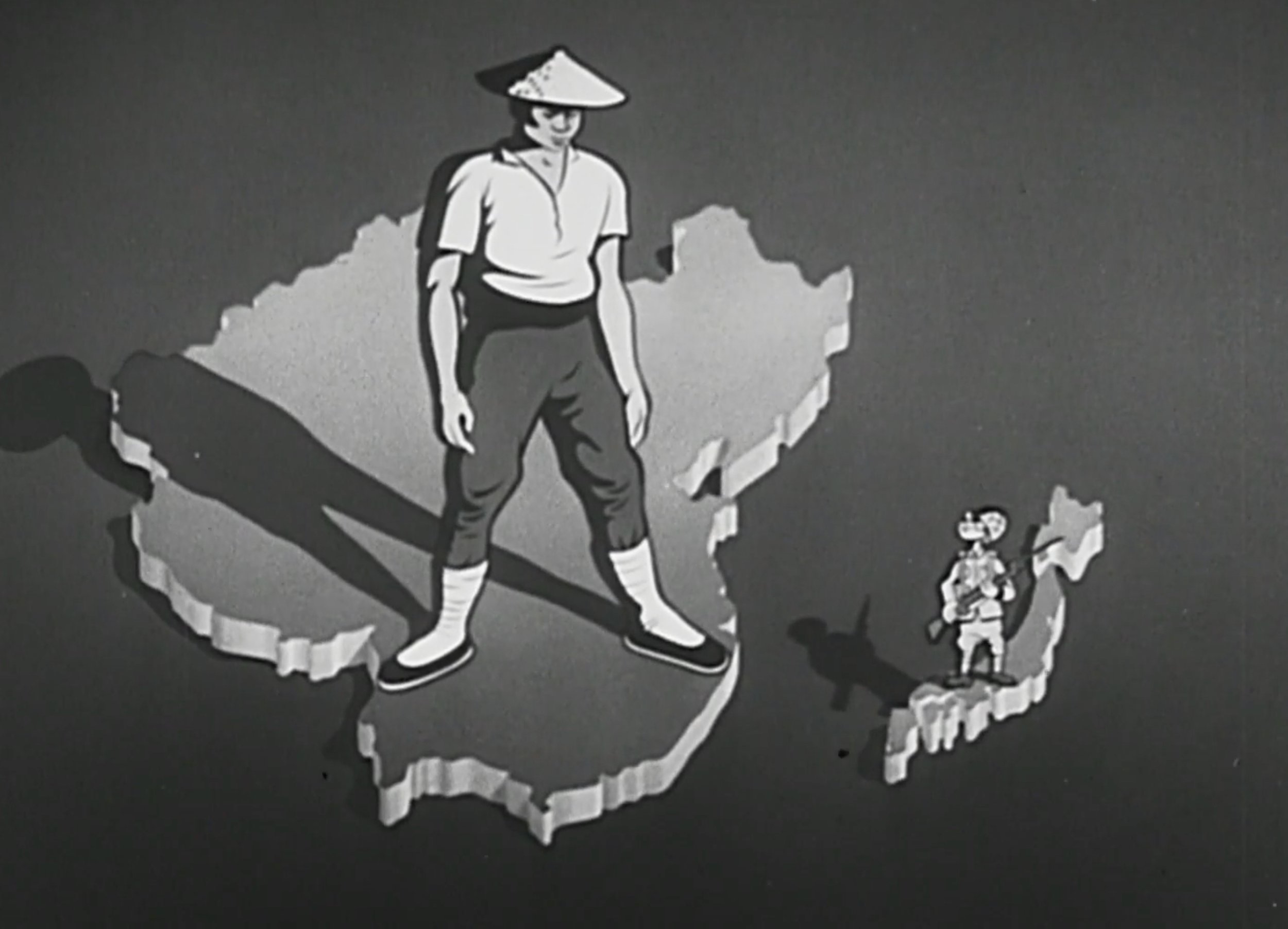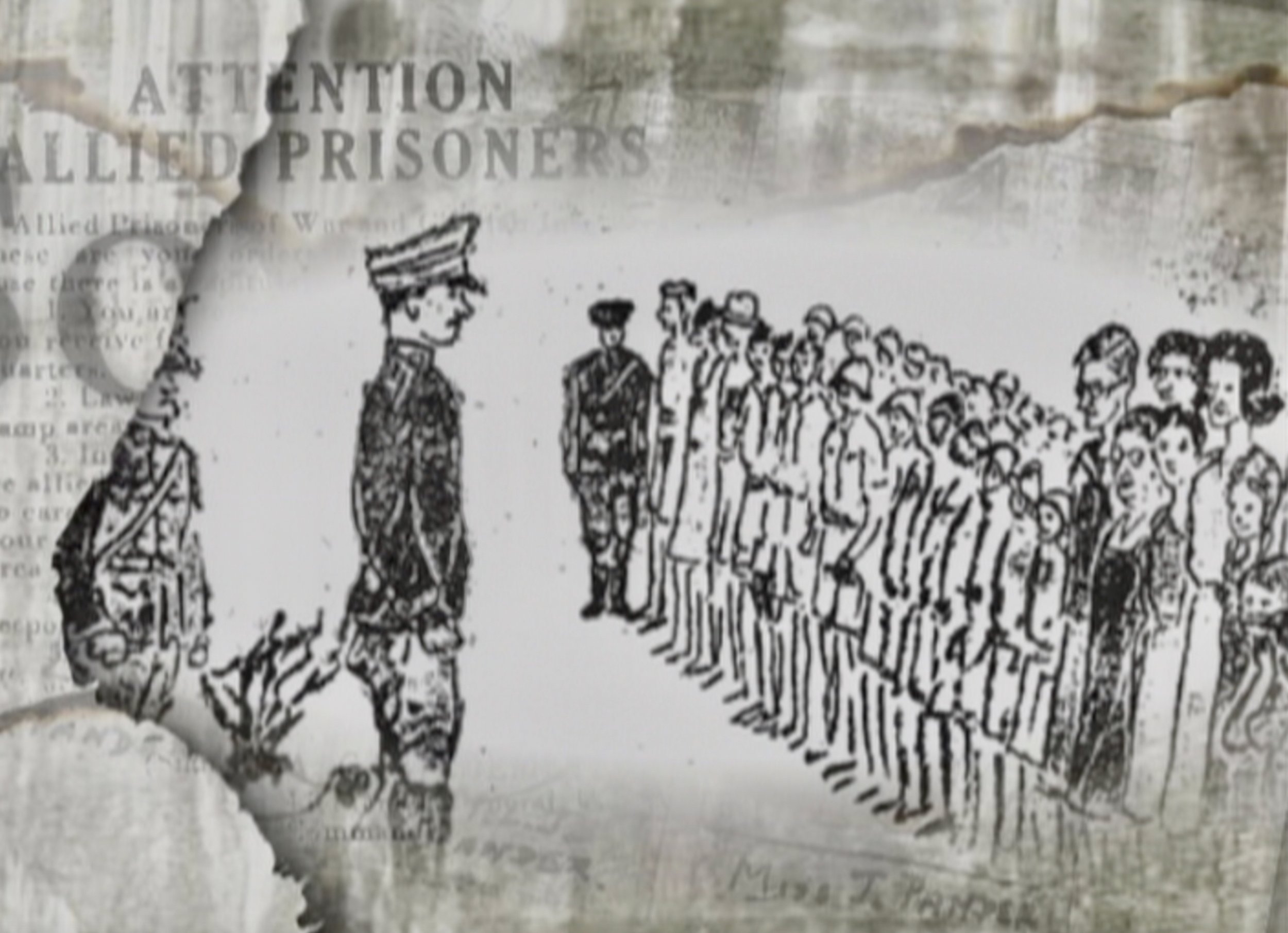Additional Classroom Activities
Discussion: The Battle for “Hearts and Minds”
Wars are fought with rifles, artillery, tanks, aircraft, and ships. They are also fought with information and disinformation. Disinformation often has two “target” audiences. The first is composed of people who live in the country where the disinformation is being produced. The second is a global audience. China: Frame by Frame examines how Japan’s World War II government used a wide range of tools to manipulate domestic and international opinion. Why Defend China? was created by the Japanese government in the hope of influencing public opinion in the United States and Great Britain. Specifically, introducing the idea that China was not a victim of aggression but in fact militaristic, anti-Japanese and pro-Communist. Do you find this film convincing? Why, or why not?
Why Defend China? (excerpt, Japanese propaganda film)
During World War II the Federal government set-up an organization known as the Office of War Information (OWI). The best way to reach adult audiences was through newsreels, short event-based films shown in movie theaters before or in-between feature films. So the OWI went into the newsreel business. These newsreels never acknowledged that they were government-funded. They were simply titled United News, without an explanation that the “United” was the United States. There were also government-produced documentaries, the most famous being the series Why We Fight. The goal was to explain to members of the American military, and the general public, why America had gone to war. This excerpt from the film Why We Fight: The Battle of China explains how China, which is significantly larger than Japan, was unable to deter or defeat the Japanese military. Do you find this film convincing? Why, or why not?
Why We Fight: The Battle of China (excerpt, American propaganda film)
Discussion: Ways of Life
Imagine you were an American teenager, living in China during World War II. The Japanese military was gaining control of ever larger portions of the country. Following the December 1941 attacks on American military forces at Pearl Harbor in Hawaii and the Philippines (then an American colony), Americans living in Japanese-occupied China became “enemy nationals.” You, your family, and your friends would eventually be sent to an Internment Camp, a place more aptly described as a civilian prison camp. The crowded camps were surrounded by barbed wire and electrified fences. Food and medicine were always in short supply. One former internee remembers that “water was as precious as gold.” What might your life have been like there?
So Very Far From Home (excerpt, 2005 PBS documentary)
After Mao Zedong’s death in 1976, Deng Xiaoping emerged as China’s new leader. He established reforms to attract foreign businesses and opened China to trade. Deng succeeded in changing his people’s attitudes toward business, under a new economic approach he termed “Socialism with Chinese characteristics.” Those who grew up in China during the 1990s had lives very different from their parents and grandparents. But that didn’t mean an end to traditional values, like spending money wisely. In this excerpt from a 1994 documentary, a woman explains how her family’s finances are managed. How similar, or different, from your family is the one seen in this film?



